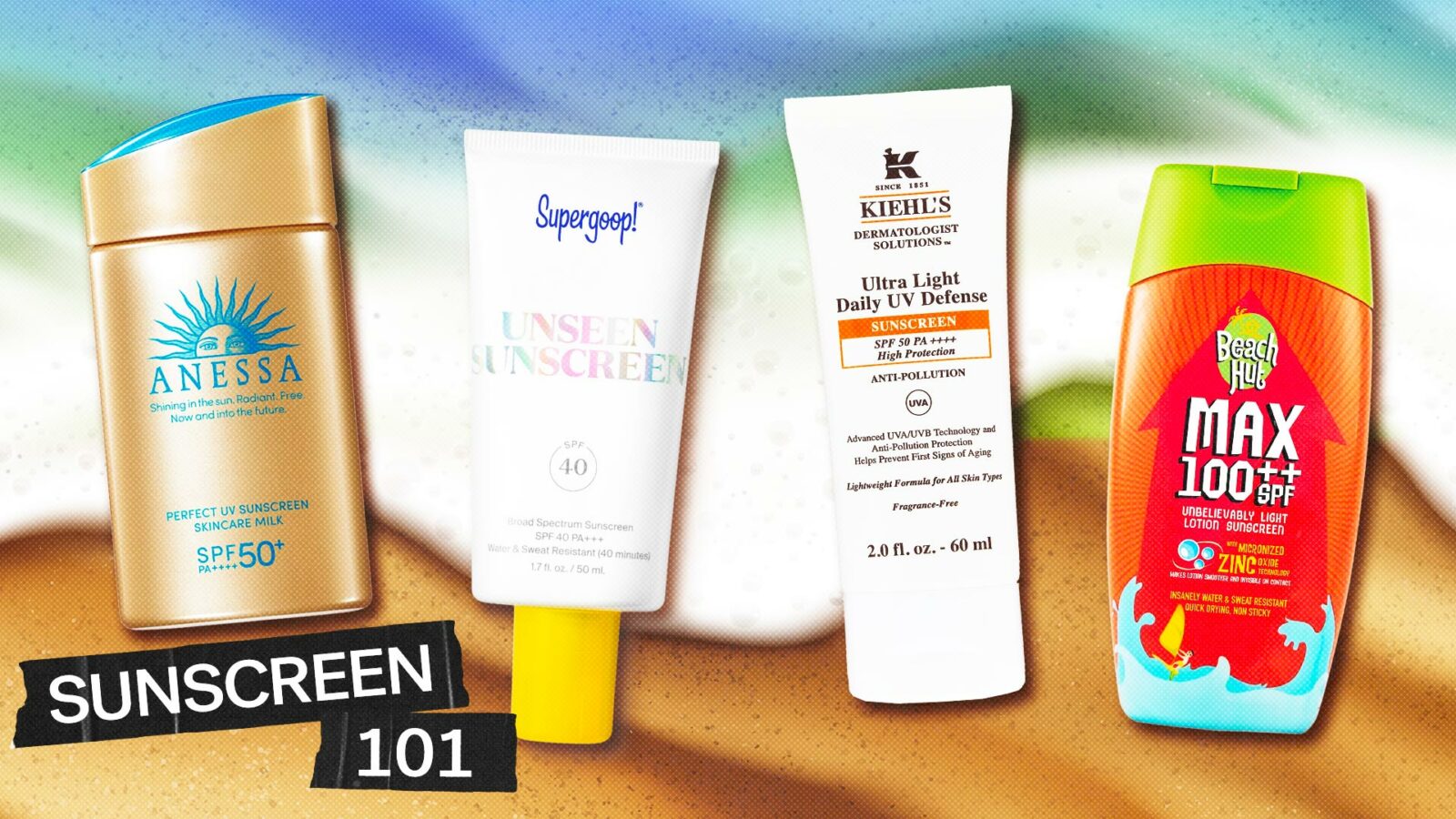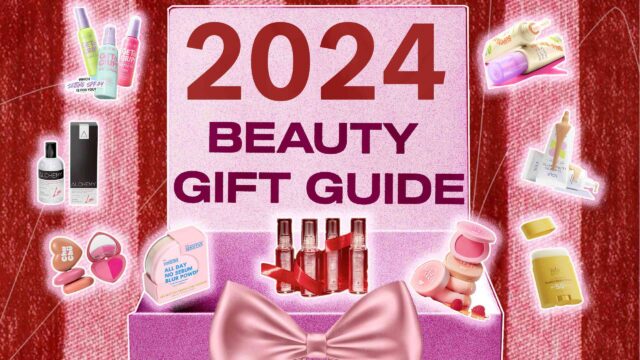Staying safe from sun damage doesn’t mean you should hide indoors. To keep your skin sun protected, find shade — and a broad-spectrum sunscreen.
Related: Retinol 101: How To Safely Use This Active Ingredient According To Skin Experts
Imagine: You’re fully prepped, your beach towel perfectly laid out, brand-new novel in hand, and you’re poised for some serious tanning. With that picture-perfect vacation in mind, the last thing you would want is obsessing over skin damage.
We’re all about those sunsets and golden glows, but it’s high time to realize the importance of staying safe from those harmful rays. Applying (and reapplying) sunscreen should be a non-negotiable in your skincare routine. Even when you’re not at the beach and heading out for work to school, sunscreen is still a must-do. While we’re totally locked on the SPF acronym and sun-smart lingo, are we truly tuned in to the importance of avoiding sunburns and getting the most out of your sun protection?
Staying Safe from Mr. Sun
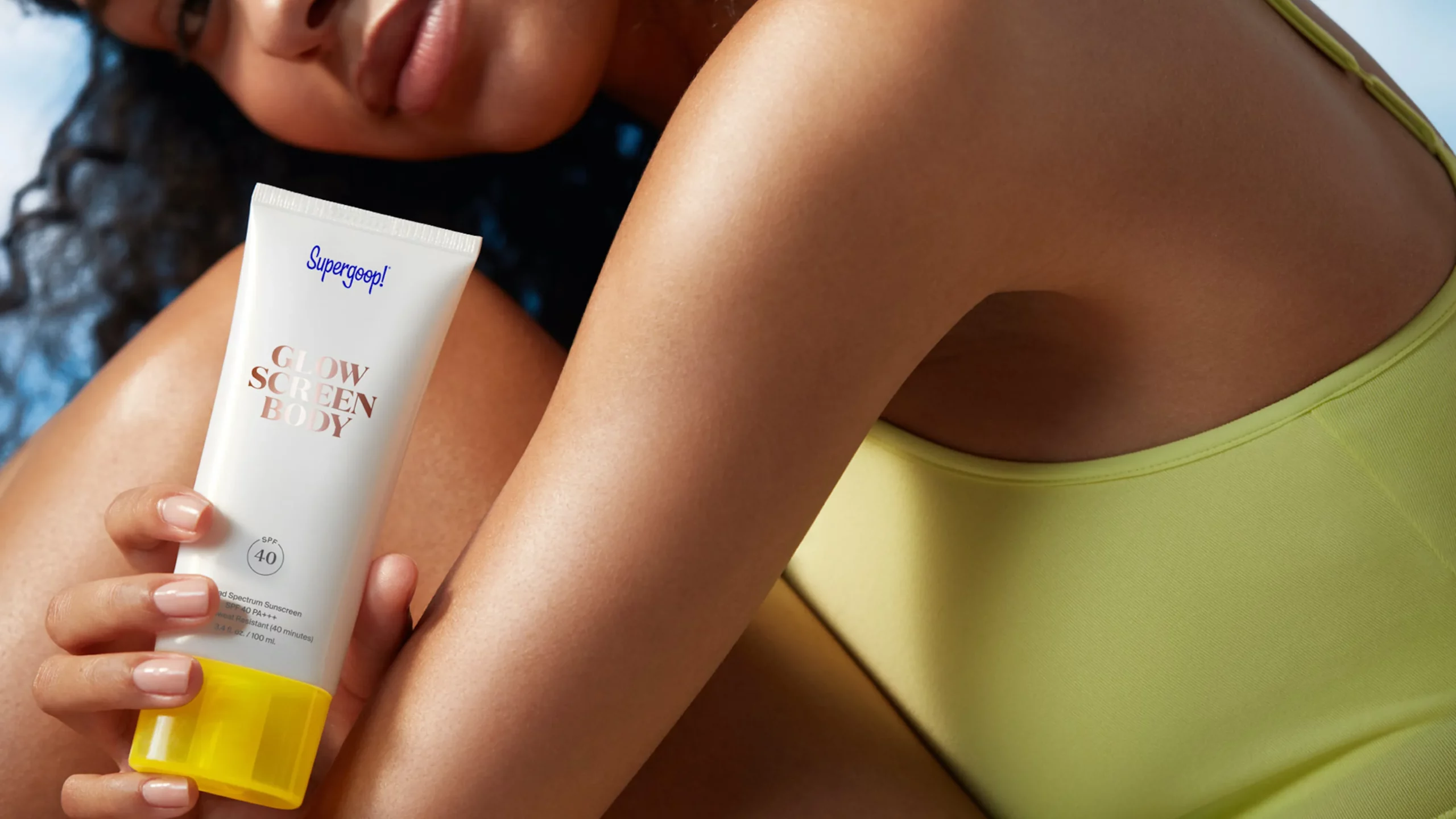
Whether it’s the scorching summer wave or the gentle warmth of the rainy season, it’s important to safeguard your skin throughout the year. Yes, you need to wear sunscreen every single day—even indoors. Let’s start with the most immediate concern: sunburns. Then there’s skin damage, skin cancer, and aging.
While sun protection prevents damage that manifests itself as fine lines, sagging skin, and wrinkles, staying safe from Mr. Sun isn’t for the sake of vanity; it’s a vital part of preserving our overall well-being. That said, let’s dive deep into sunscreens.
Decoding the SPF Spectrum
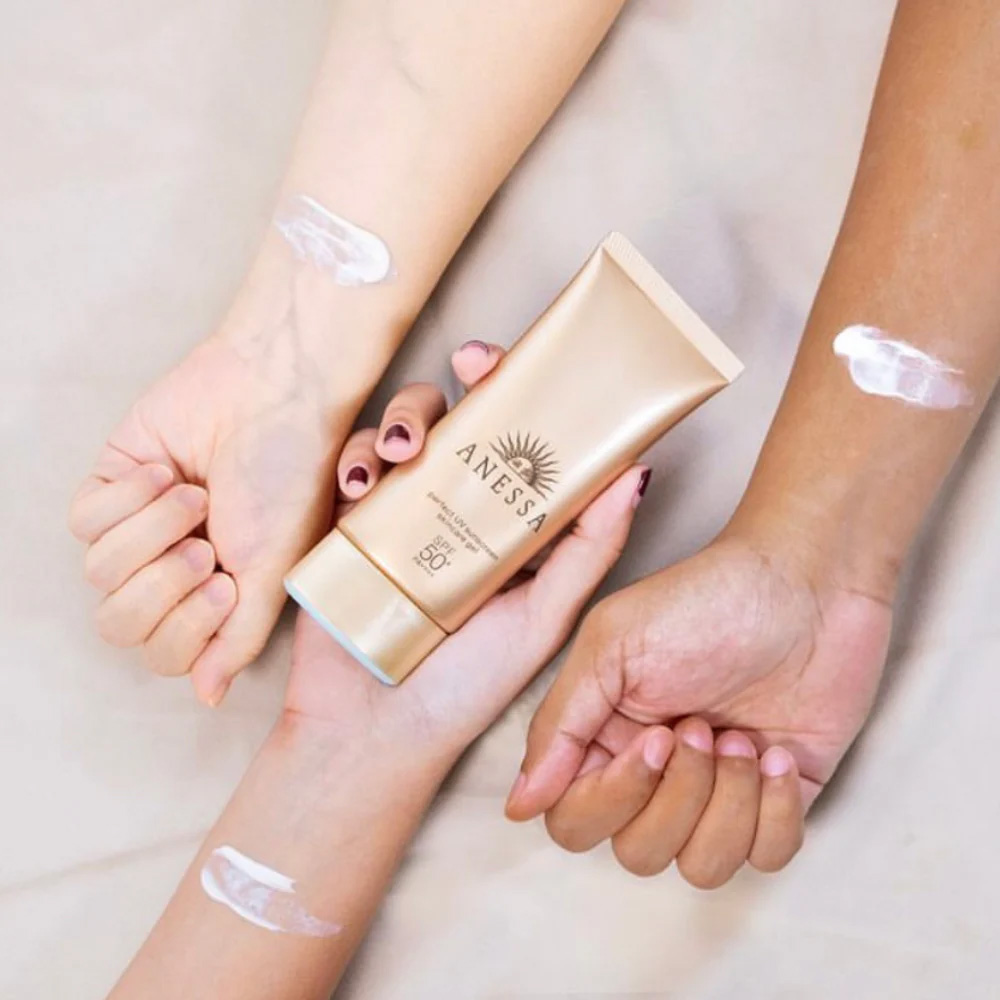
We’ve all seen the term SPF+++ on sunscreen bottles, but what exactly does it mean? SPF stands for sun protection factor, and it’s more than those plus signs and numbers. Basically, it’s your sunscreen’s personal timer, telling you the duration for which sunscreen can cover you from the dooms of sun damage. For example, SPF 30 means it takes 30x longer before your skin starts burning than if you were without sunscreen. This precision results from lab testing, often referred to as MED (minimal erythema dosing).
Choose a broad-spectrum sunscreen with an SPF of at least 15 to protect your skin from both UVA and UVB rays, which can cause premature aging, sunburn, and skin cancer. All sunscreens help protect against sunburn, but only those that are broad-spectrum and at least have SPF 15 reduce those toxic risks.
Chemical vs. Mineral vs. Reef-Safe

Who knew there is so much to learn about sunscreens? If you’re reading labels, you’ll know that there are two types of sun protection—chemical and mineral. And now that reef-safe has entered the picture, is one more effective than the other? Essentially, each sunscreen prevents UVA and UVB damage differently. Here’s a break down:
- Chemical: Infused with active ingredients that absorb harmful rays and convert them into heat. This type of sun protection is typically lightweight and doesn’t leave residue, but it’s important to note that the active ingredients may irritate sensitive skin.
- Mineral: Formulated with zinc oxide or titanium dioxide. These natural ingredients create a barrier by deflecting UVA and UVB rays. Unlike chemical sunscreens, they don’t absorb into the skin, which leaves a slightly filmy feeling.
- Reef-Safe: Formulated with non-toxic ingredients less harmful to the environment. It’s no surprise that traditional sunscreens containing chemicals harm coral reefs and marine ecosystems when washed into the ocean, but ‘reef-safe’ isn’t regulated. That said, check for independent certifications or labels indicating reef safety.
A Quick Guide to Getting the Most Out of Your Sun Protection
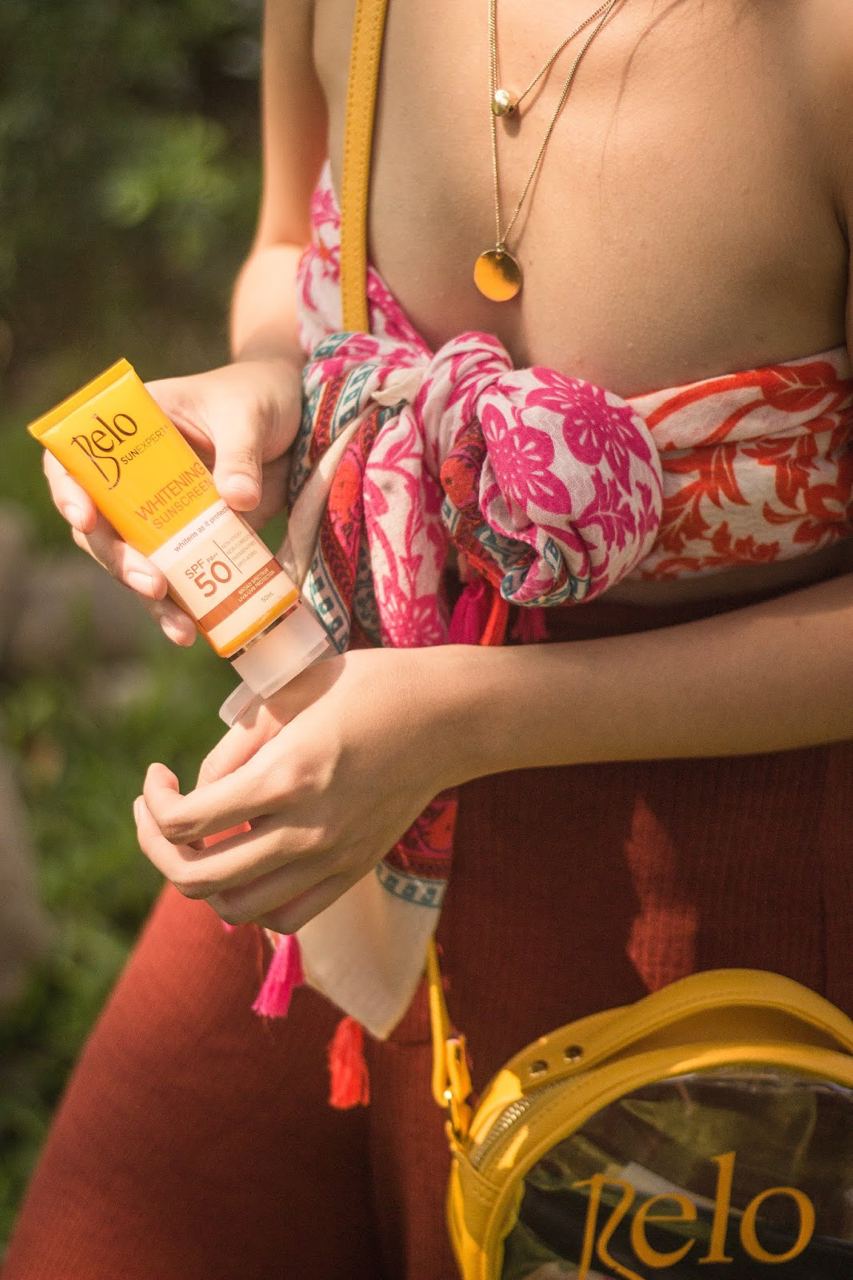
Sunscreens come in various forms—lotions, sticks, and aerosols. Lotions provide the most reliable coverage, while aerosols may offer spotty protection due to their application method. Meanwhile, SPF sticks are messy, especially in extreme heat.
Whether you’re using chemical sunscreen in a bottle or a mineral sunscreen stick, the importance boils down to staying safe everyday. While it’s ideal to reapply every two hours, don’t hesitate to apply more if you’re swimming or sweating. Keep in mind that an average-size adult or child requires at least one ounce of sunscreen, roughly equivalent to the amount it takes to fill a shot glass, for even coverage.
If you’re bald or have minimal hair, don’t forget to protect the top of your head as well. Remember, applying sun protection to exposed skin is a must. However, it’s crucial to understand that no sunscreen can provide complete UV radiation blocking. To get the most out of your sun protection, consider additional precautions like wearing protective clothing, sunglasses, and seeking refuge in the shade.
The Best Sunscreens, According to Skincare Experts
Continue Reading: Beauty Beat: What’s The Difference Between Blurring, Gripping, and Jelly Primers?
